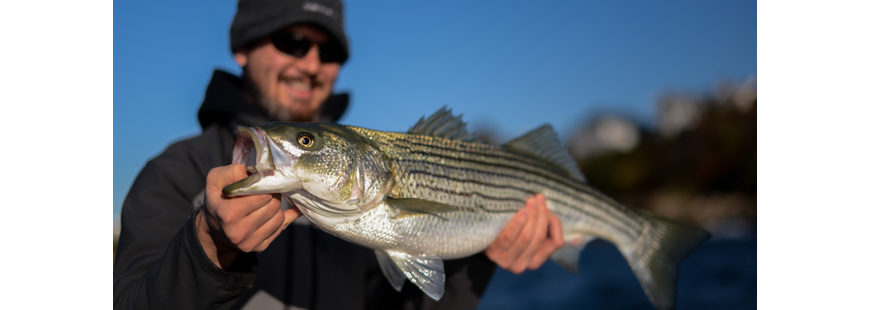We humans are curious creatures. When we thought the world was flat we sailed to the farthest corners of the planet just to prove that it’s not. We’ve climbed to the ceiling of our planet and dived to the darkest depths of our oceans. Today, there are many great adventures to still be had, but exploration has taken on new meanings. We can traverse the world, talk with friends and research different fisheries all from the comfort of our couch. No need to actually get out there and put the time in, just type in a relevant hashtag and explore away!
Social media is profoundly changing our behaviors and constantly affecting our perception of the world and just how we fit into it. If you were to mix fishing and social media in a test tube, you’d better stand back cause the findings might be volatile. Whether we like it or not, social media has become an integral part of the fishing industry. Brands are able to target consumers on a highly sophisticated level, support can be garnered at a moment’s notice to tear down a dam or stop a mine, and professional anglers have been born overnight as a result of their impressive followings and content creation. Even this article will reach more people all thanks to Facebook, Instagram and the like. We must remember though… with the great power of these advanced social media machines comes great responsibility.
In the current political climate, our nation’s fisheries are in jeopardy. The integrity of the Magnuson-Stevens Act is on the line, and there is great pressure from special interests groups to exploit our natural resources at dangerous rates. Some fish species are still on the overfished list and others remain at risk. Included in this group at risk are striped bass whose female spawning stock biomass (SSB) has continued to decline since 2004. In 2015 the SSB was estimated to be at 129 million pounds, hovering just above the stock threshold of 127 million pounds.
If we judge the health of our marine fisheries based on our social media consumption we’d have a great variance between reality and perception. For the most part social media users post their successes and brand building stories. Charter boats, guides and avid anglers post consistently to their accounts showing audiences their on the water pursuits. These posts are encouraging for anglers to see, but it’s important to remember these are purely highlights. You will be unlikely to see the weeks of work or unsuccessful days that went into landing that fish of a lifetime.
In a lot of cases, it’s important to remember that social media doesn’t represent the health of a certain fishery. You may just be getting a sliver of the whole story. Instagram, in particular, has become a marketing staple for my guiding business in Maine. I get the great opportunity to share my daily fishing exploits with followers and potential clients. However, my Instagram feed is not the current reality of striper fishing in southern Maine, it is the highlight reel of 5 or 6 days a week on the water.
The reality of the Southern Maine Striper fishery is much better understood through daily conversations at the boat ramp. I make a point of talking to other anglers everyday. I try to get a read on what they are catching, the size and how it meets their expectations based on previous years of fishing. This season our striped bass fishing in Maine has been challenging. Reports from anglers at the launch continually reveal below average results and a void of fish over 40″. Heck, any fish over 28″ is a great fish this year. The weekend warrior is often coming back to the launch empty handed or only with reports of small schoolies. The on-the-water vibe of our striped bass fishery is not good in Northern New England and leaves the vast majority wanting more stripers and hope for more conservative management.
As we consume social media and see friends, idols, and other accounts posting pictures of fish, big and many, keep in mind this may not be reality, and it is certainly not a benchmark for other anglers to live up to. Social media has perpetuated a competitive and attention-seeking nature that can come at the expense of our piscatorial target. Remembering that social media doesn’t represent the whole reality is key to protecting potentially overfished stocks and keeping our angling communities accurately informed. Perception can make all the difference when it comes to protecting our fisheries. The average grip and grin post usually represents only one side of the story and may give the impression of a happy, healthy fishery when that truly may not be the case. A little additional research and reading on the MFCN Blog: From the Waterfront & Fissues may reveal a much different, more accurate, science-based story. The more anglers that are well informed, the more effectively we can protect our oceans, and the better the fishing will be.


